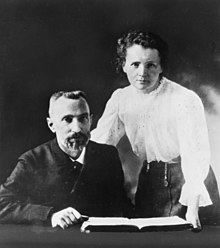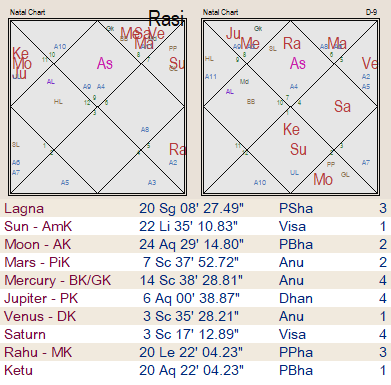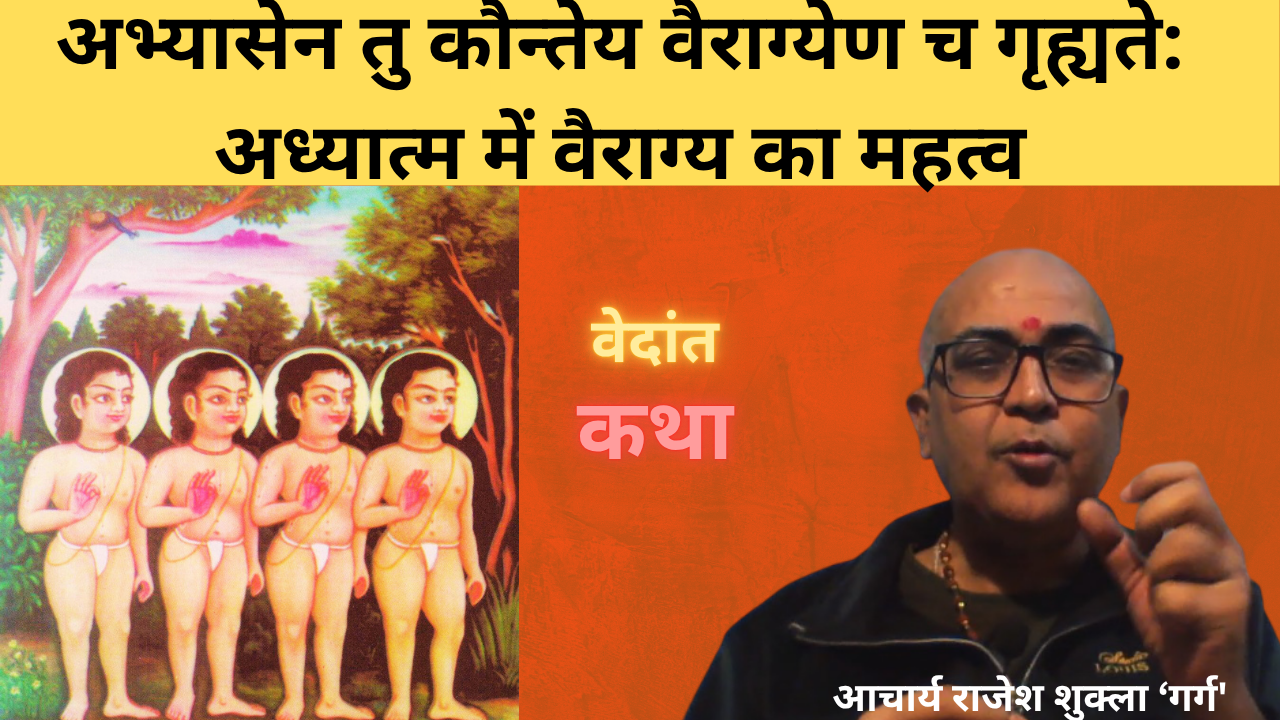
Maria Salomea Skłodowska-Curie (7 November 1867 – 4 July 1934), known simply as Marie Curie , was a Polish and naturalised-French physicist and chemist who conducted pioneering research on radioactivity. She was the first woman to win a Nobel Prize, the first person to win a Nobel Prize twice, and the only person to win a Nobel Prize in two scientific fields. Her husband, Pierre Curie, was a co-winner of her first Nobel Prize, making them the first married couple to win the Nobel Prize and launching the Curie family legacy of five Nobel Prizes. She was, in 1906, the first woman to become a professor at the University of Paris.
She was born in Warsaw, in what was then the Kingdom of Poland, part of the Russian Empire. She studied at Warsaw’s clandestine Flying University and began her practical scientific training in Warsaw. In 1891, aged 24, she followed her elder sister Bronisława to study in Paris, where she earned her higher degrees and conducted her subsequent scientific work. In 1895, she married the French physicist Pierre Curie, and she shared the 1903 Nobel Prize in Physics with him and with the physicist Henri Becquerel for their pioneering work developing the theory of “radioactivity”—a term she coined. In 1906, Pierre Curie died in a Paris street accident. Marie won the 1911 Nobel Prize in Chemistry for her discovery of the elements polonium and radium, using techniques she invented for isolating radioactive isotopes. Under her direction, the world’s first studies were conducted into the treatment of neoplasms by the use of radioactive isotopes. She founded the Curie Institute in Paris in 1920, and the Curie Institute in Warsaw in 1932; both remain major medical research centers. During World War I, she developed mobile radiography units to provide X-ray services to field hospitals.
While a French citizen, Marie Skłodowska Curie, who used both surnames, never lost her sense of Polish identity. She taught her daughters the Polish language and took them on visits to Poland. She named the first chemical element she discovered polonium, after her native country. Marie Curie died in 1934, aged 66, at the Sancellemoz sanatorium in Passy (Haute-Savoie), France, of aplastic anemia likely from exposure to radiation in the course of her scientific research and in the course of her radiological work at field hospitals during World War I. In addition to her Nobel Prizes, she received numerous other honors and tributes; in 1995 she became the first woman to be entombed on her own merits in the Paris Panthéon, and Poland declared 2011 the Year of Marie Curie during the International Year of Chemistry. She is the subject of numerous biographical works. See full biodata at wiki

Husband -Scientist Pierre Curie (born 15 May 1859).
First child Ève (born 6 December 1904)
Second child Joliot-Curie, Irène (born 12 September 1897)
First Nobel Prize 15 June 1903 ( for Physics with husband Pierre)
Second Nobel Prize 1911 (Nobel Prize for Chemistry)
Lover relationship with Langevin, Paul (born 23 January 1872). After she was widowed. Sandal in University and Media. Because of the negative publicity due to her affair with Langevin, the chair of the Nobel committee, attempted to prevent her attendance at the official ceremony for her Nobel Prize in Chemistry, citing her questionable moral standing. Curie replied that she would be present at the ceremony and that “there is no relation between her scientific work and the facts of her private life”.
Death- Marie Curie died on 4 July 1934 at the age 66 at the Sancellemoz sanatorium in Passy, Haute-Savoie, from aplastic anemia believed to have been contracted from her long-term exposure to radiation, causing damage to her bone marrow.
Birth chart of Marie Curie-
Birth name-Maria Salomea Skłodowska
born on7 November 1867 at 12:00 (= 12:00 noon )
PlaceWarsaw, Poland











